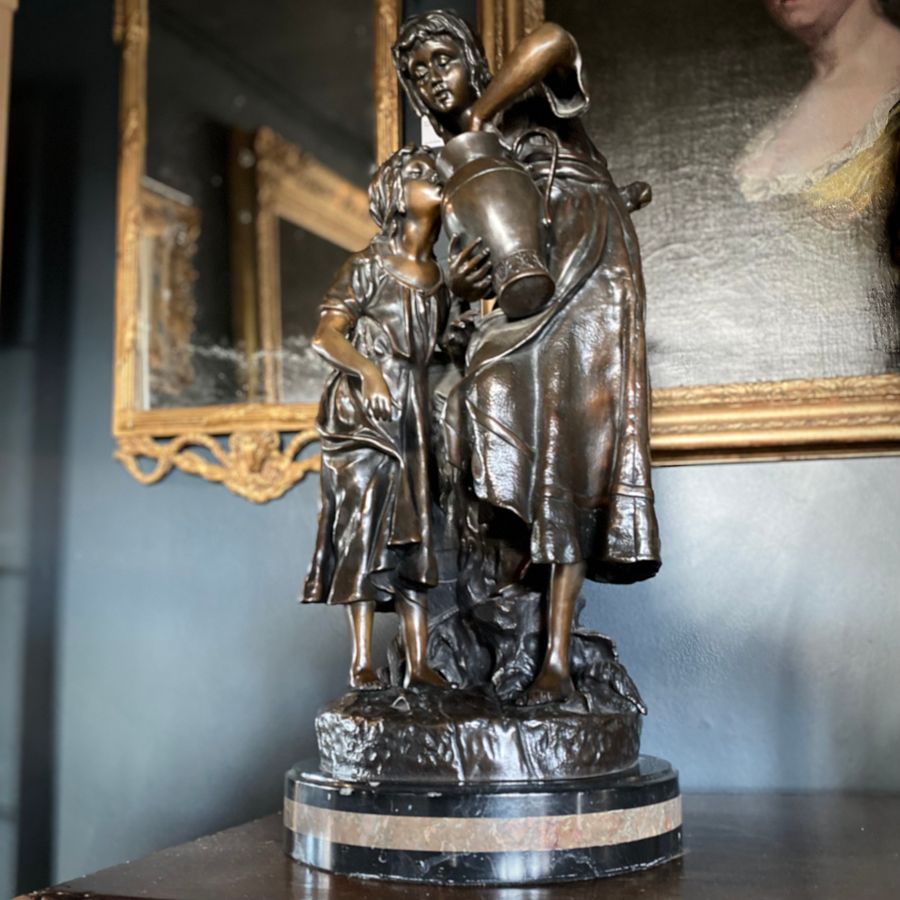featured item

quality pair of antique edwardian postal scales and weights Read more
antique french bronze grand tour model of the arc de triomphe, 19th century

antiques available from other sellers in antique art > bronzes
-
![Bronze Statue of a Dragoon Officer After J.R. Skeaping]() £3495.00
£3495.00bronze statue of a dragoon officer after j.r. skeaping Read more
Cheltenham House Antiques -
![Bronze group in style of C.Fratin]() £675.00
£675.00bronze group in style of c.fratin Read more
John Bryant-Pictures and Prints -
![Bronze Dancer After Degas]() £895.00
£895.00bronze dancer after degas Read more
Cheltenham House Antiques -
![Bronze statue after Emile Carlier]() £1595.00
£1595.00bronze statue after emile carlier Read more
Cheltenham House Antiques
- View other items in:
- antique art
- bronzes
Still not found something similar? Why not save a search and get a notification in your inbox when an matching antique is added to our ever-growing database?
Enter your email address to be sent alerts when new items are added to the site that match your search criteria

A lovely French bronze Grand Tour model of the Arc De Triomphe, circa 1860 in date.
The beautifully realistic model is cast in high relief and is mounted on a black marble base.
The monument stand at the western end of the Champs-Élysées at the centre of Place Charles de Gaulle, formerly named Place de l'Étoile—the étoile or "star" of the juncture formed by its twelve radiating avenues.
The location of the arc and the plaza is shared between three arrondissements, 16th (south and west), 17th (north), and 8th (east). The Arc de Triomphe honours those who fought and died for France in the French Revolutionary and Napoleonic Wars, with the names of all French victories and generals inscribed on its inner and outer surfaces. Beneath its vault lies the Tomb of the Unknown Soldier from World War I.
Our reference: A2211
The Arc de Triomphe
Antiques.co.uk Ref: RJFJJWG5J
- Width (cm):
- 16
- Height (cm):
- 16
- Depth (cm):
- 10
Here on antiques co uk we love antiques and specialise in selling antiques. Even though this item was for sale and is now sold or otherwise now unavailable we have many more items for sale including vintage antiques, silver, tables, watches, jewellery and much more for your interiors and home.
Search all the antiques currently for sale on www.antiques co uk. Or why not consider selling your antiques and making sales more easily with us!
regent antiques limited
Regent Antiques Limited has 986 antiques for sale.
click here to see them all









